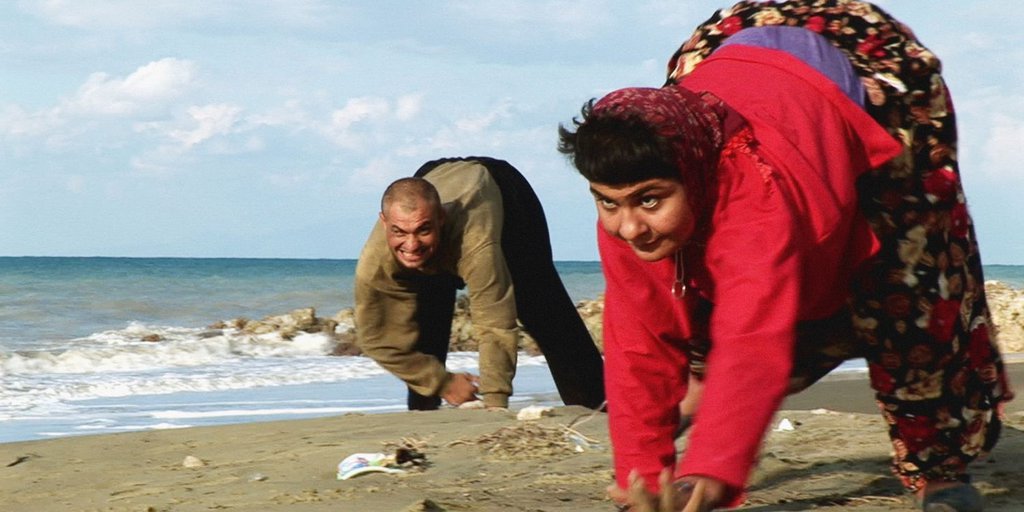After an unexpected find, scientists are studying a family that mostly walks on all fours. The study was an attempt to fill gaps in the understanding of human evolution. The family in question lives in Turkey and is displaying an unprecedented trait that has caught the attention of researchers. They lead their lives by moving on both hands and feet, a behavior previously unreported in modern humans.
Humans Who Walk on All Fours

This distinctive Ulas family came to the forefront during a BBC documentary titled The Family That Walks on All Fours. British scientist Professor Nicholas Humphrey, who has extensively studied this family, found that six out of their 19 children exhibit this quadrupedal tendency. Tragically, one of these six children has since passed away.
Professor Humphrey expressed his astonishment, stating he had never expected, even under the most extraordinary scientific fantasy, that modern humans could return to an animal state. He pointed out that what marked humans off from the rest of the animal world was the fact that the species walks on two legs and holds its head up high in the air, among many other traits.
While conducting research in Turkey, some scientists have suggested the possibility of devolution in this family’s case. However, Professor Humphrey has refuted this theory, considering it deeply insulting and scientifically irresponsible.
Scientists Were Bewildered

The children in the family exhibit a shrunken cerebellum, a condition not found in typical humans. Their skeletons display characteristics more reminiscent of apes than humans, as observed by researchers from Liverpool University. Despite these similarities, the family’s method of movement differs from primates who walk on their knuckles; instead, they employ flat hands.
Professor Humphrey suggests that the lack of encouragement to stand on two feet might have contributed to the family walking on all fours. Apparently, the absence of encouragement to walk on two feet after nine months of age might have contributed to that distinctive behavior. Following the studies, the children were assigned a physiotherapist and provided with equipment designed to assist them in adopting a bipedal walking style.